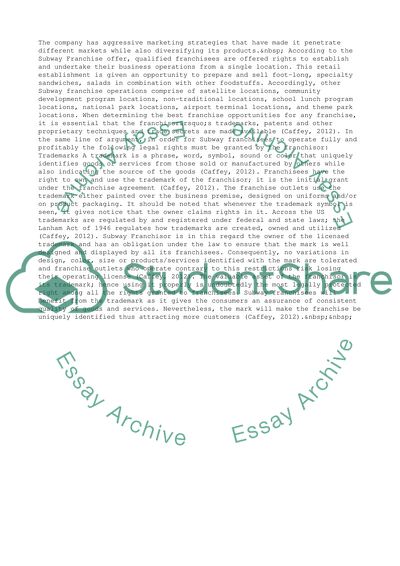Cite this document
(“Subway is a Renowned Franchising Company Research Paper”, n.d.)
Subway is a Renowned Franchising Company Research Paper. Retrieved from https://studentshare.org/business/1456522-subway
Subway is a Renowned Franchising Company Research Paper. Retrieved from https://studentshare.org/business/1456522-subway
(Subway Is a Renowned Franchising Company Research Paper)
Subway Is a Renowned Franchising Company Research Paper. https://studentshare.org/business/1456522-subway.
Subway Is a Renowned Franchising Company Research Paper. https://studentshare.org/business/1456522-subway.
“Subway Is a Renowned Franchising Company Research Paper”, n.d. https://studentshare.org/business/1456522-subway.


